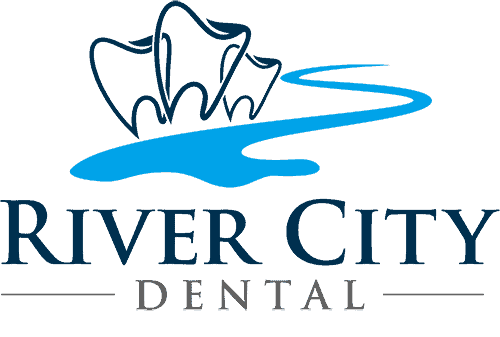
Bad breath, or halitosis, can be a cause of concern. While it’s not uncommon for people to experience occasional bad breath, persistent issues may indicate an underlying problem and require a visit to your dentist in St. Cloud. But what exactly causes bad breath and how can you address it?
Poor Oral Hygiene
The most common cause of bad breath in adults is poor oral hygiene. When patients neglect to brush and floss regularly, food particles accumulate in the mouth, promoting the growth of bacteria that produce foul-smelling gasses.
Solution: Follow a consistent oral hygiene routine. Make sure you’re brushing your teeth twice a day and flossing daily.
Dental Issues
Undiagnosed or untreated dental problems, such as cavities, gum disease, or infections, can contribute to bad breath. These conditions create a breeding ground for bacteria, leading to unpleasant odors. This is one reason why it’s important to see your dentist in St. Cloud for chronic bad breath.
Solution: Schedule regular dental check-ups. A dentist can identify and address any dental issues early on, preventing bad breath and promoting overall oral health.
Dry Mouth
Saliva plays a crucial role in maintaining oral health by washing away food particles and neutralizing acids. When patients suffer from dry mouth, either due to breathing through their mouths or certain medications, the reduced saliva flow can contribute to bad breath.
Solution: Drink plenty of water throughout the day to keep your mouth hydrated. If dry mouth persists, consult with a healthcare professional to identify the underlying cause and explore potential solutions.
Dietary Habits
Certain foods, such as garlic, onions, and spicy dishes, can impart strong odors to the breath. Additionally, a diet high in sugary or acidic foods can contribute to the growth of odor-causing bacteria.
Solution: Eat a well-balanced diet rich in fruits, vegetables, and whole grains. Limit the intake of strong-smelling foods and sugary snacks.
Respiratory Infections
Common illnesses like colds, sinus infections, or allergies can lead to postnasal drip, where mucus drains into the back of the throat. This can create an environment conducive to bacterial growth and result in bad breath.
Solution: Manage respiratory infections promptly and practice good hygiene, such as covering your mouth when coughing or sneezing.
Tonsil Stones
Tonsil stones, or tonsilloliths, are small, whitish calcified formations that can develop on the tonsils. These stones harbor bacteria and emit a foul odor when broken down.
Solution: If you have a persistent bad taste in your mouth or have visible tonsil stones, consult your dentist in St. Cloud. In some cases, they may recommend removal or other appropriate treatments.
Addressing bad breath involves a holistic approach that includes maintaining good oral hygiene, addressing dental issues promptly, promoting a healthy diet, and managing underlying health conditions. By following these habits, patients can enjoy fresh breath and a lifetime of good oral health.

